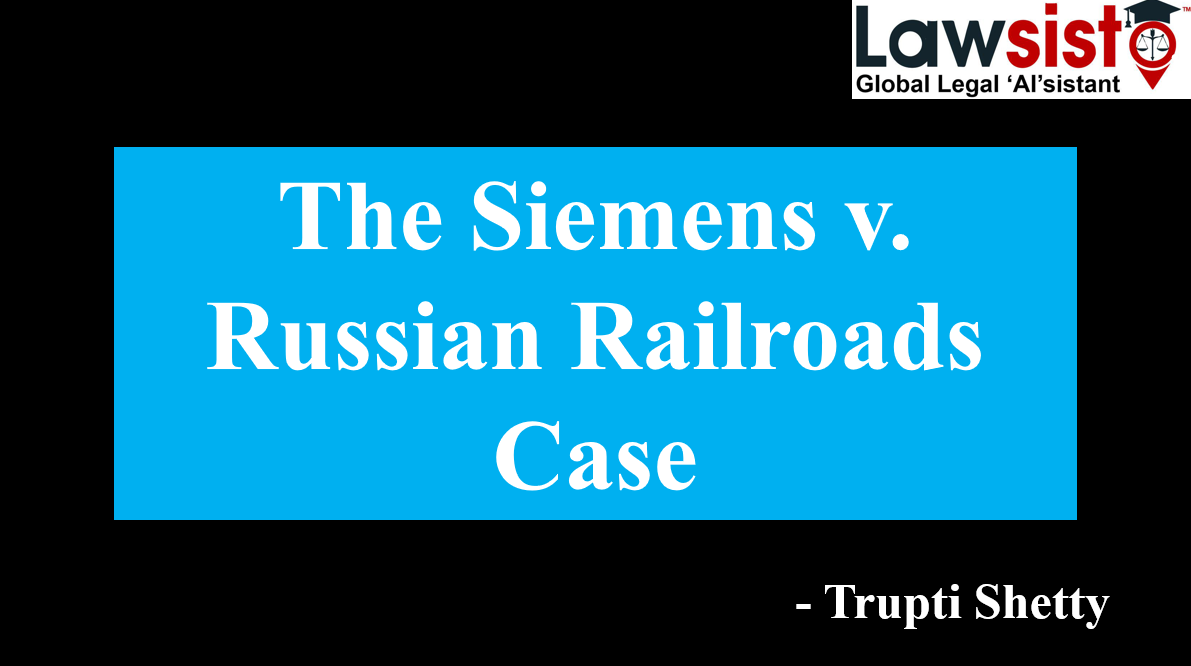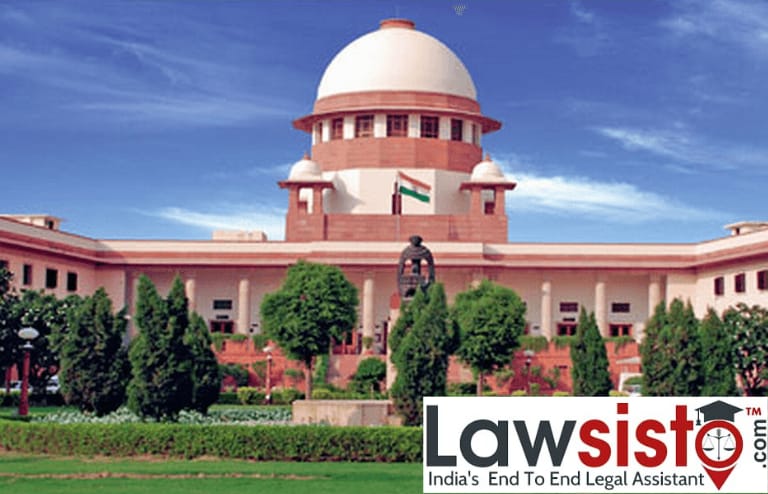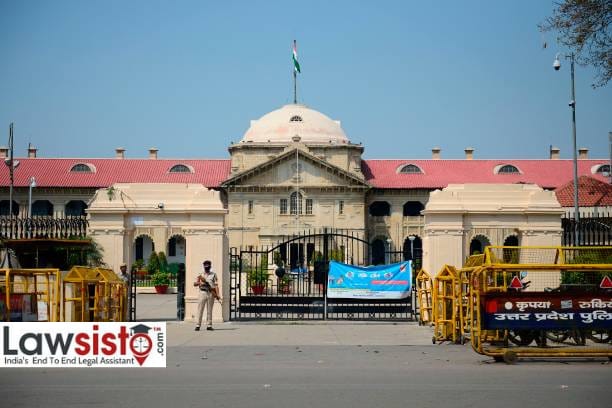Latest News
The Anatomy of Joint Venture Breakups in India (and How to Prevent Them)

Introduction
Joint ventures (JVs) have long been a strategic tool for businesses to combine resources, share risks, and enhance market reach. In the context of India, JVs have played a crucial role in the growth and development of various industries. However, despite their potential benefits, many joint ventures face challenges that lead to their dissolution. This article explores the history of joint ventures, their significance in India, and the common reasons why they break up.
History of Joint Ventures
The concept of joint ventures dates back centuries, but the modern form took shape during the Industrial Revolution when companies sought to pool resources for large-scale projects. In India, the liberalization of the economy in the early 1990s marked a significant turning point. The government’s push towards globalization and privatization opened doors for foreign investments, making joint ventures a popular mode of business collaboration. Major sectors like automotive, technology, pharmaceuticals, and telecommunications saw a surge in JVs, facilitating technology transfer, capital infusion, and market expansion.
What are Joint Ventures and Why Are They Formed?
A joint venture is a strategic partnership where two or more parties agree to pool their resources to achieve a specific objective. JVs are typically formed for:
Market Expansion: Entering new geographical markets or segments.
Resource Sharing: Combining financial, technological, and human resources.
Risk Mitigation: Sharing the risks associated with new ventures or projects.
Innovation and Development: Collaborating on research and development to innovate and bring new products to market.
In India, joint ventures are particularly attractive due to the diverse and dynamic market, regulatory frameworks encouraging foreign investment, and the potential for substantial growth.
Common Reasons Joint Ventures Break Up
Despite their advantages, joint ventures often face challenges that can lead to their breakup. Some common reasons include:
Cultural and Management Differences: Differences in corporate culture, management styles, and decision-making processes can lead to misunderstandings and conflicts. For instance, a JV between an Indian company and a foreign firm might face cultural clashes that affect operations and strategy.
Misaligned Objectives: Partners may enter a JV with different goals. Over time, these differing objectives can lead to disagreements on the direction and priorities of the venture. This misalignment can be particularly problematic when financial expectations and strategic visions diverge.
Imbalance in Contributions: Disparities in the contributions of resources, whether financial, technological, or intellectual, can create friction. If one party feels they are bearing a disproportionate share of the burden, it can lead to resentment and conflict.
Governance Issues: Ineffective governance structures can hinder decision-making and accountability. A lack of clear governance can result in operational inefficiencies and strategic missteps.
Economic and Market Changes: Shifts in the economic landscape or market conditions can impact the viability of a JV. For example, regulatory changes or economic downturns in India can affect the profitability and sustainability of the venture.
Legal Agreements to Prevent Joint Venture Breakups
Strong legal agreements are essential to mitigate the risk of JV breakups. Key elements include:
Clear Objectives and Scope: Defining the purpose, objectives, and scope of the JV helps align the partners’ expectations and reduce conflicts.
Governance Structures: Establishing clear governance mechanisms, including decision-making processes, roles, and responsibilities, ensures effective management and accountability.
Dispute Resolution Mechanisms: Including clauses for mediation, arbitration, or other dispute resolution methods can help resolve conflicts amicably.
Exit Strategies: Defining exit strategies and conditions under which parties can withdraw from the JV ensures an orderly dissolution if necessary.
Legal Implications of a Joint Venture Breakup
The breakup of a JV can have significant legal implications, including:
Asset and Liability Division: Determining the division of assets and liabilities can be complex and contentious.
Intellectual Property Rights: Protecting and allocating intellectual property developed during the JV is crucial.
Regulatory Compliance: Ensuring compliance with local regulations and laws during the dissolution process is essential to avoid legal repercussions.
Steps to Resolve Disputes and Prevent Breakup
To prevent the breakup of a JV, parties can take several proactive steps:
Regular Communication: Maintaining open and regular communication helps address issues before they escalate.
Periodic Review: Conducting periodic reviews of the JV’s performance and alignment with objectives can identify and address potential problems early.
Flexibility and Adaptation: Being flexible and willing to adapt to changing circumstances can help sustain the partnership.
Legal Counsel: Seeking legal counsel to navigate complex legal and regulatory landscapes can prevent costly mistakes.
Conclusion
Joint ventures have been instrumental in driving business growth and innovation in India. However, they are not without challenges. By understanding the common reasons for JV breakups and implementing strong legal frameworks and proactive measures, businesses can maximize the benefits of joint ventures while minimizing the risks. Effective management, clear communication, and robust legal agreements are key to the success and longevity of joint ventures in India’s dynamic market.


































































































